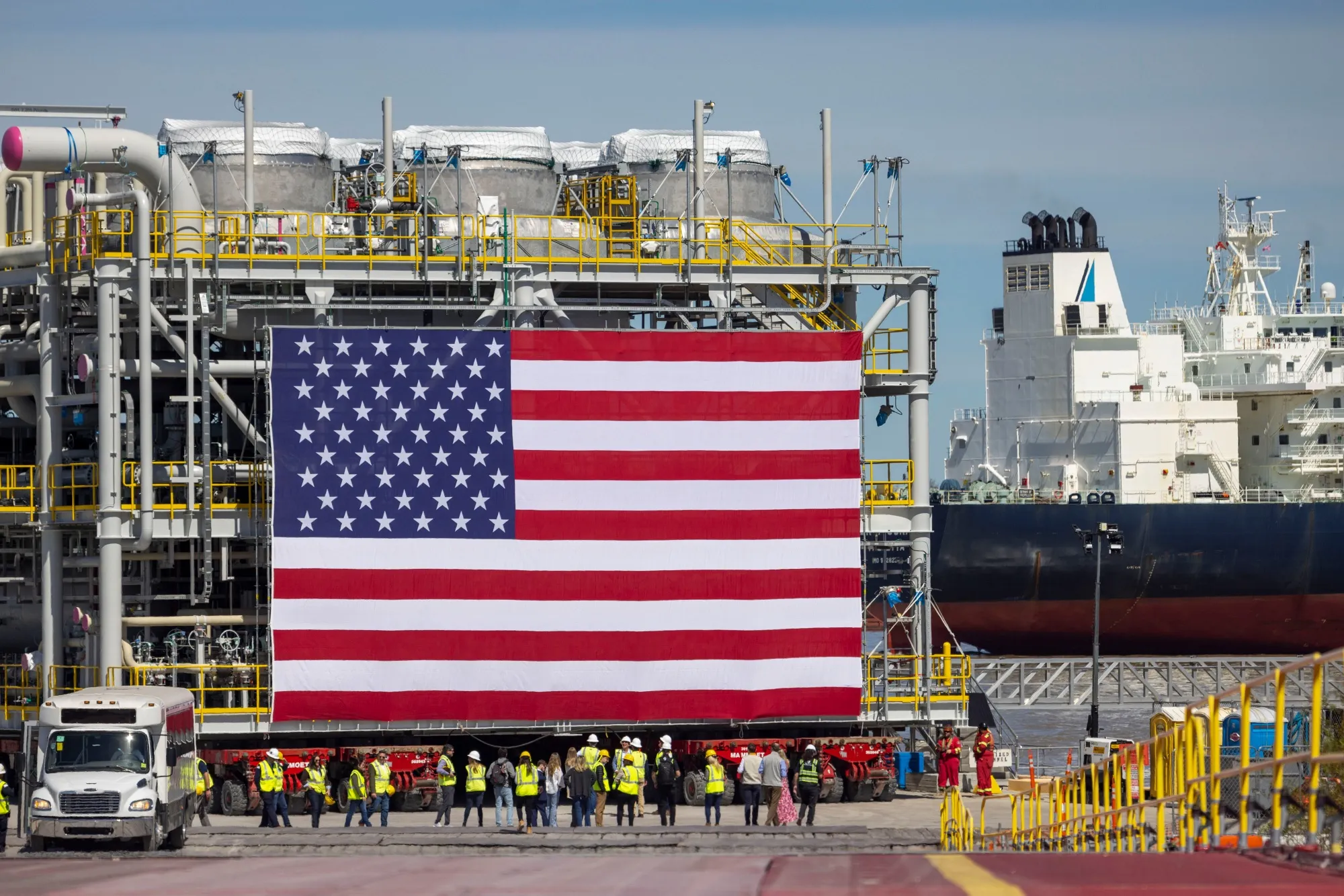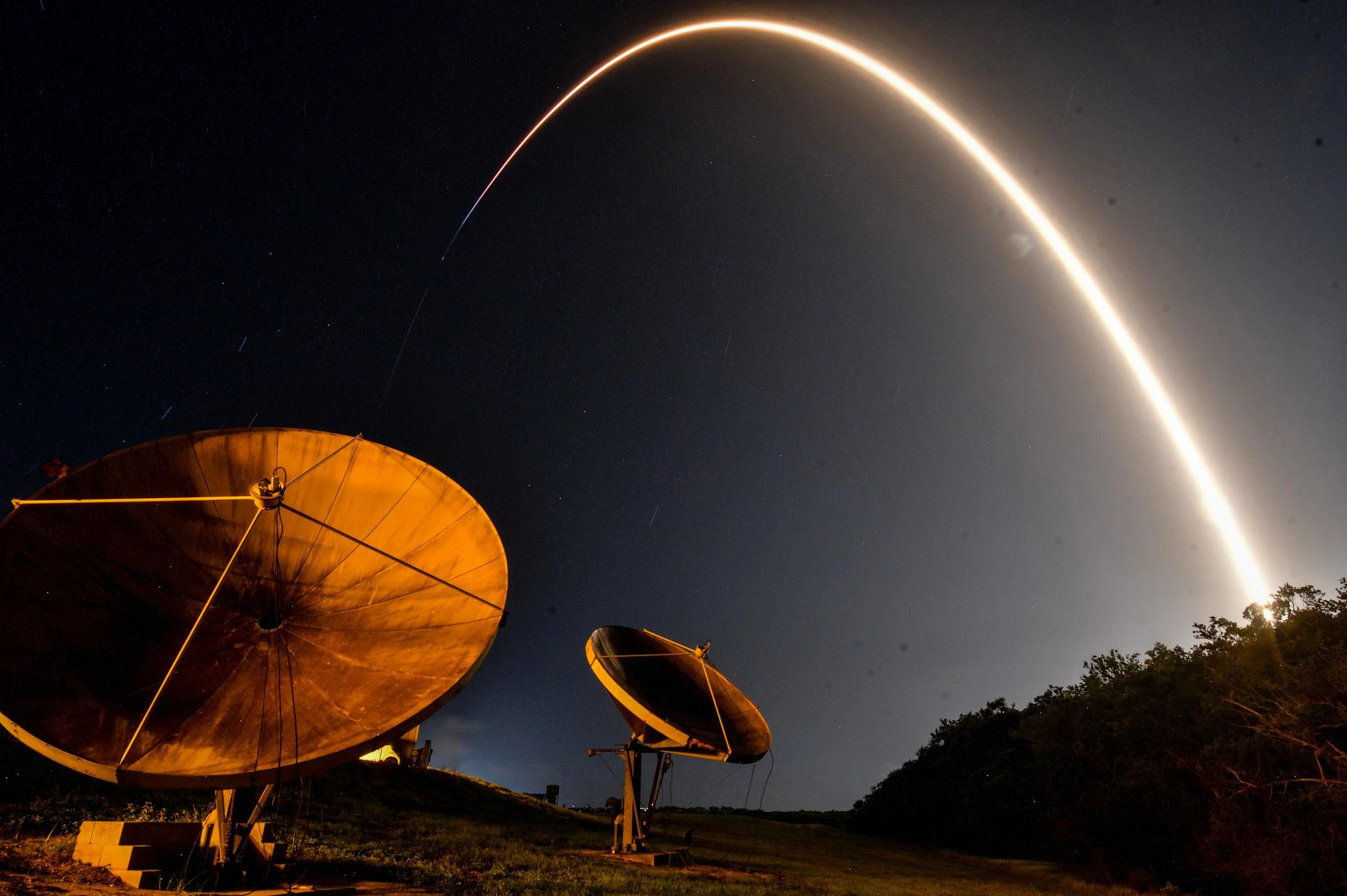U.S. Gas Promised by Foreign Nations, but Terms Remain Vague
31.07.2025
Trading Partners Commit to U.S. Gas Deals Without Clear Path Forward
U.S. allies are pledging to purchase far more American natural gas than they currently require or than the U.S. is capable of supplying in the short term. Traditionally, trade negotiations have focused on setting long-term frameworks for economic cooperation. Under President Trump, however, energy-related agreements have become more direct, with countries agreeing to buy large volumes of American fossil fuels years in advance—regardless of whether they will ultimately need them or whether the U.S. can deliver.
This shift introduces political influence into what are normally market-driven transactions. It’s uncertain how these promises will translate into action, especially since governments often lack the authority to compel private companies to follow through.
David Goldwyn, a former U.S. diplomat and energy official, noted, “These energy promises are more symbolic than concrete. They’re not legally binding or easily enforced—they’re political gestures.”
E.U. Commits to Ambitious Energy Purchases
The European Union is one of the most prominent partners in these new deals, committing to spend $750 billion on U.S. energy—including oil, gas, and nuclear materials—over three years. That would require the bloc to triple its current U.S. energy imports annually, relying almost exclusively on American sources. The E.U. has increased purchases of U.S. gas since cutting ties with Russian supplies in 2022, but fully replacing other global sources would create an overwhelming dependence on one supplier.
Jason Feer, an analyst at Poten & Partners, emphasized the risk: “Modern energy strategy depends on diverse sourcing. Relying entirely on one nation is strategically risky.”
According to ClearView Energy Partners, $250 billion annually represents roughly 80% of all U.S. energy exports projected for 2025. While new infrastructure is under development to boost export capacity by 2030, the near-term reality is that prioritizing the E.U. may reduce supply to other global customers.
Challenges in Execution and Enforcement
Even if these figures made logistical or financial sense, implementation remains complex. The European Union cannot force private enterprises to commit to such large purchases. Likewise, the U.S. government lacks authority to dictate whom American companies sell to. The E.U. has proposed creating a mechanism to aggregate demand across member states and match it with U.S. supply, while also urging Washington to ensure open access and sufficient production.
Previous attempts at similar deals reveal potential shortcomings. During Trump’s first term, China committed to large-scale purchases of American goods, including energy, but most targets were missed without penalty. Trump’s agreements also lack traditional enforcement mechanisms commonly found in trade pacts—such as dispute resolution procedures or legal remedies. When asked how the U.S. might respond if E.U. commitments go unmet, a White House official mentioned tariffs as a likely response.
Climate Goals in Tension with Gas Imports
This wave of long-term energy deals raises questions about Europe’s climate strategy. The E.U. is legally bound to reduce greenhouse gas emissions by 55% from 1990 levels by 2030. More gas could help reduce coal dependency in the short run, but over-purchasing fossil fuels might undermine investments in renewables like wind and solar.
Joseph Majkut from the Center for Strategic and International Studies noted, “Overcommitting to gas could crowd out clean energy projects. But the E.U.’s climate targets are enshrined in law and aren’t likely to disappear.”
The $750 billion target could be reached through creative accounting, such as buying gas and then reselling it globally or announcing inflated long-term deals whose full value spans decades. Kevin Book from ClearView Energy Partners called this practice “political math,” explaining that diplomacy often relies on ambiguity.

Japan and South Korea: Vague Commitments, Limited Value
Unlike the E.U., Japan’s agreement is less precise. The country has pledged $550 billion in U.S. investments, some of which is intended for energy infrastructure like the proposed $44 billion Alaskan gas pipeline. However, with cheaper alternatives available from the Gulf Coast and a national commitment to reduce fossil fuel use, Japan’s long-term investment in American gas may not align with future energy needs.
Similarly, South Korea has promised $100 billion in purchases, but without a specific timeline. It began importing U.S. gas in 2017 while reducing nuclear power and shifting away from Middle Eastern suppliers. Still, a 2022 explosion at a Texas gas terminal revealed the fragility of long-term contracts, prompting some experts to question the wisdom of such commitments.
Michelle Kim from the Institute for Energy Economics and Financial Analysis argued that South Korea would benefit more from flexible, on-demand purchases. “Signing another long-term deal doesn’t make strategic sense, especially with demand set to decline,” she said. South Korea’s total energy imports from the U.S. last year reached $19.4 billion.
Domestic Implications for the U.S.
Increasing U.S. energy exports could also impact domestic markets. As energy flows to the highest-paying global buyers, prices at home may rise—especially with added demand from AI-powered data centers. Aneesh Prabhu from S&P Global Ratings pointed out that reduced support for renewables, due to the rollback of Biden-era tax credits, could deepen reliance on natural gas and further elevate prices.
“Incentives for solar and wind have eroded,” Prabhu said. “That means gas will have to fill the gap, increasing pressure on domestic supplies.”






Leave a Comments